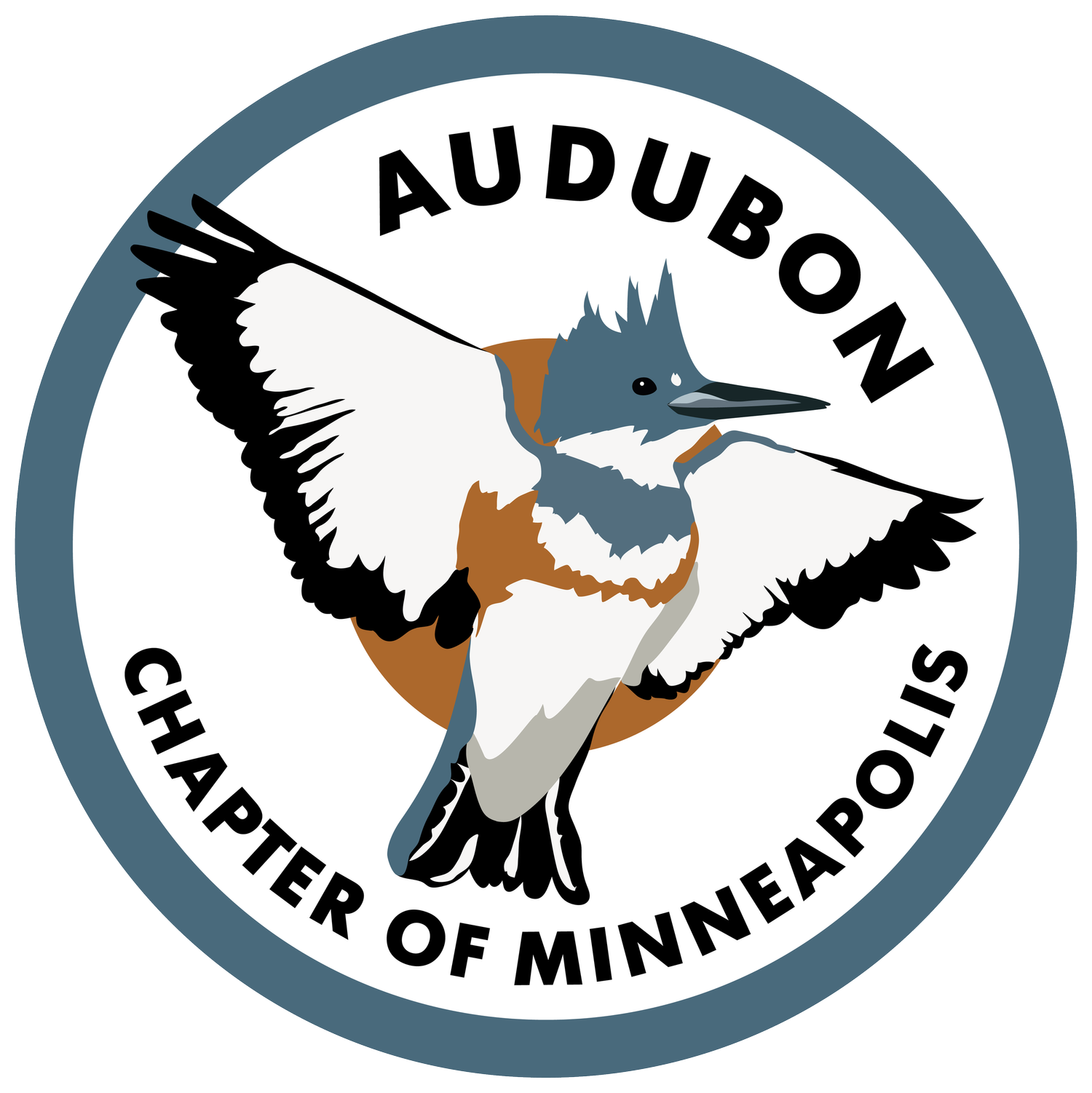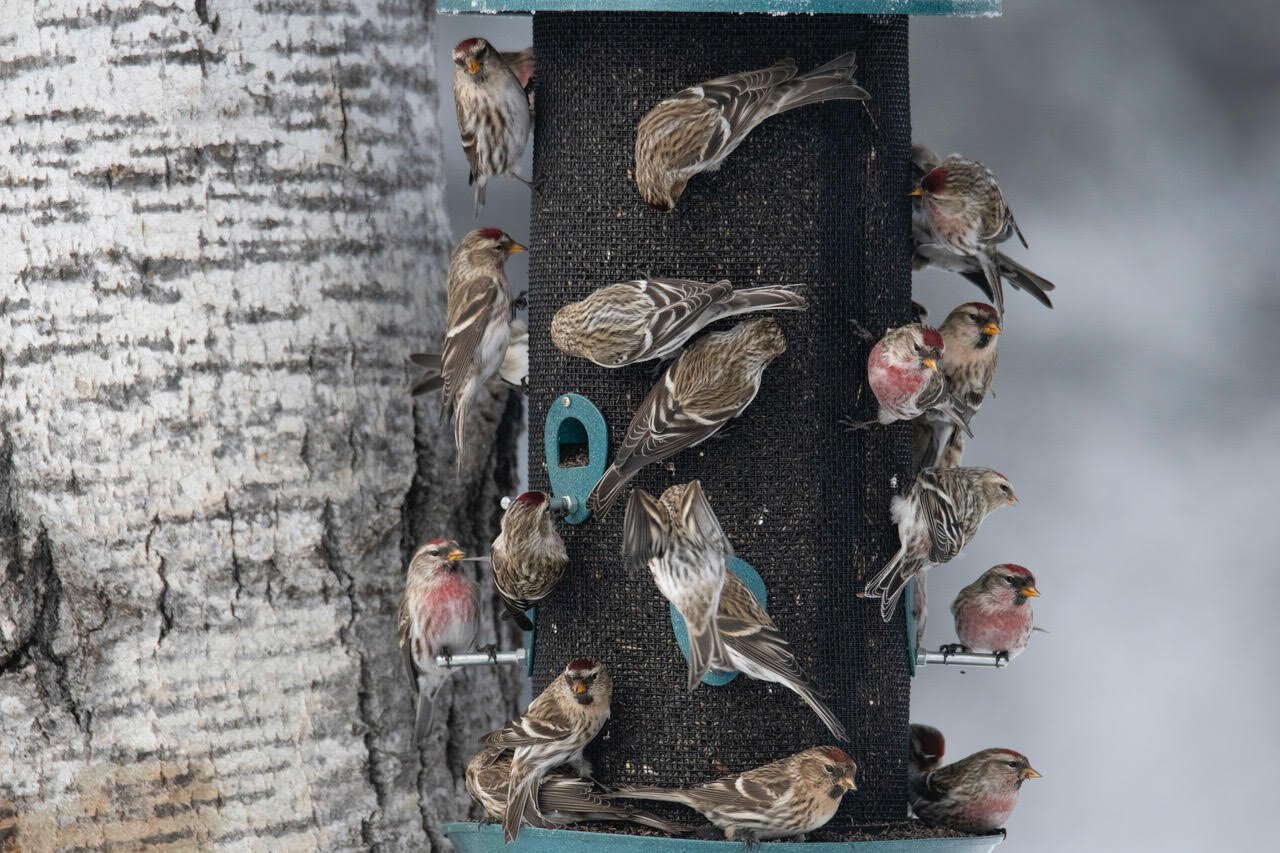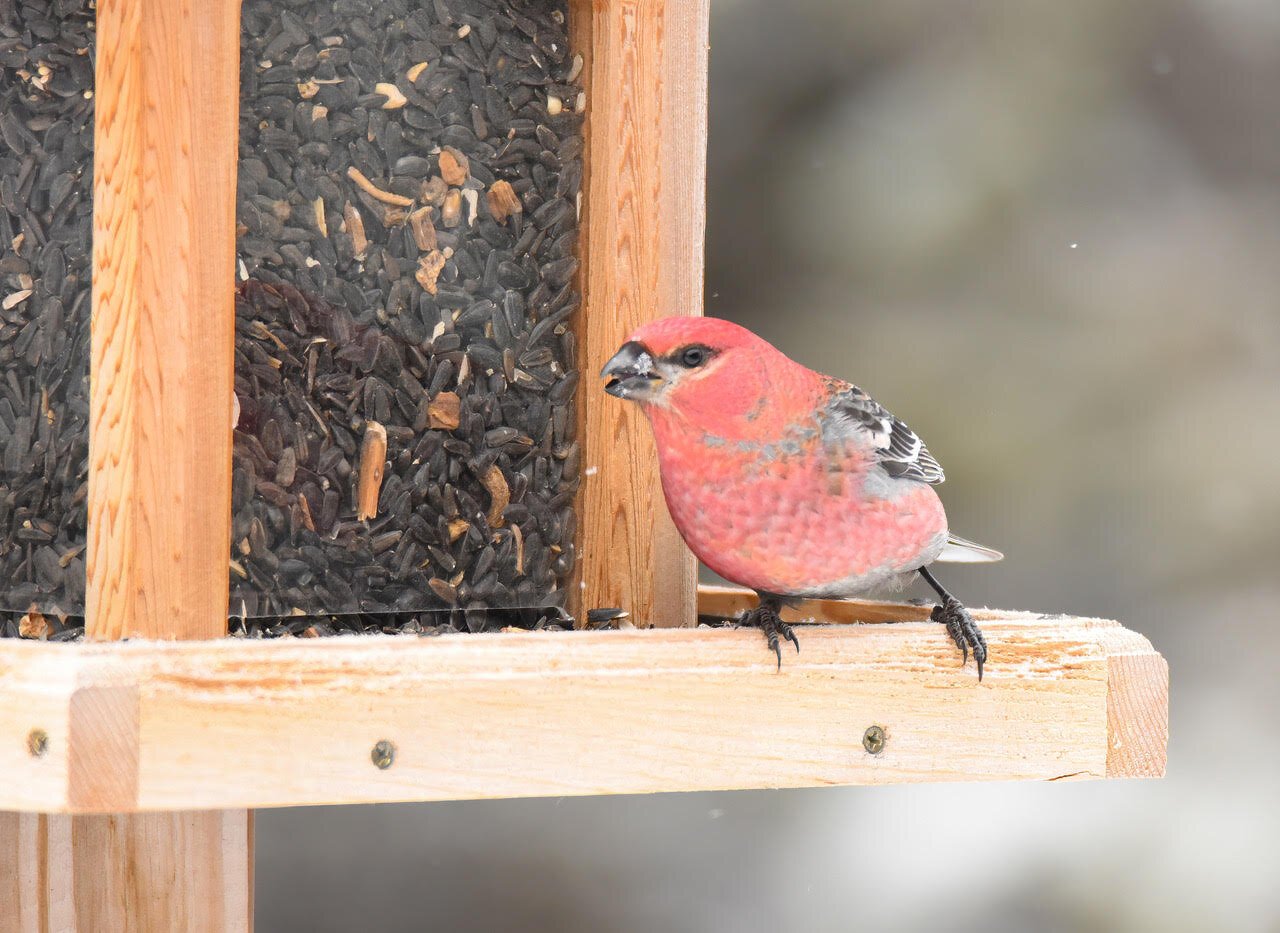Bird Feeders and Disease: How to Keep your Backyard Birds Healthy
Common redpolls Photo: Keith Olstad
Bird feeding is one of the most joyful and common activities by which people engage closely with wildlife around Minnesota and many parts of the world. Bird feeders provide great opportunities for people to watch birds in their own backyards, and it has provided a bright spot during the isolation experienced during the COVID-19 pandemic. The supplementary feeding has also helped birds thrive in hard situations, like the tough Minnesota winters.
However, bird feeders can sometimes be the culprit of disease outbreaks in birds. Last month, there was an outbreak of Salmonellosis, a bacterial disease, which affected songbirds, especially Pine Siskins, in the San Francisco Bay Area. Diseased birds were reported almost exclusively in areas with bird feeders. A similar situation occurred across British Columbia in January of this year. The most common diseases that affect birds that use feeders are salmonellosis, trichomoniasis, aspergillosis, mycoplasmosis, and avian pox. Transmission of these diseases is more likely to occur at crowded feeding stations when birds eat food contaminated with droppings. Some diseases like Salmonellosis can also be transmitted to people if handling infected birds.
Pine Grosbeak Photo: Keith Olstad
To minimize disease transmission between birds, it is very important to clean your feeders regularly. Specific tips on how to do this can be found at the Minnesota Department of Natural Resources and through National Audubon, among other sites. Rinse the feeders well with soapy water and then use a solution of two ounces of bleach with one gallon of water and scrub it very well. Let the cleaned feeders dry out in the sun. In the case of hummingbird feeders, clean them at least one every 10 days during the summer. In addition, make sure to remove old seed, hulls, and other waste from the ground underneath the feeders. Also, make sure you wash your hands thoroughly after cleaning your feeders, and use disposable gloves if you need to handle a dead or sick bird. If you actually observe a sick bird in your feeders (birds may appear lethargic, with ruffled feathers, eyes closed, or difficulty breathing), you can contact the local wildlife rehabilitation center for more guidance on how to proceed before you attempt to catch it. It may also be advisable to remove your feeders at least temporarily to avoid disease transmission between birds.
Irene Bueno, PhD/Avian Veterinarian
Resources:
Outbreak in California in February 2021:
1) https://cdfgnews.wordpress.com/2021/02/08/salmonellosis-outbreak-causing-songbird-deaths/
2) https://www.dailymail.co.uk/sciencetech/article-9352771/More-2-000-songbirds-died-Salmonellosis-outbreak-California.html
Outbreak in British Columbia in January 2021:
https://www.cbc.ca/news/canada/british-columbia/pine-siskin-salmonella-1.5862728
The Cornell Lab Project FeederWatch: Bird diseases:
https://feederwatch.org/learn/sick-birds-and-bird-diseases/
Bird Feeding Tips from the Minnesota DNR:
https://www.dnr.state.mn.us/birdfeeding/index.html
National Audubon Tips to Keep Feeder Disease-Free:
https://www.audubon.org/news/3-ways-keep-your-feeder-disease-free-birds
Wildlife Rehabilitation Center of Minnesota:
Mass Audubon- Common bird parasites and diseases:


